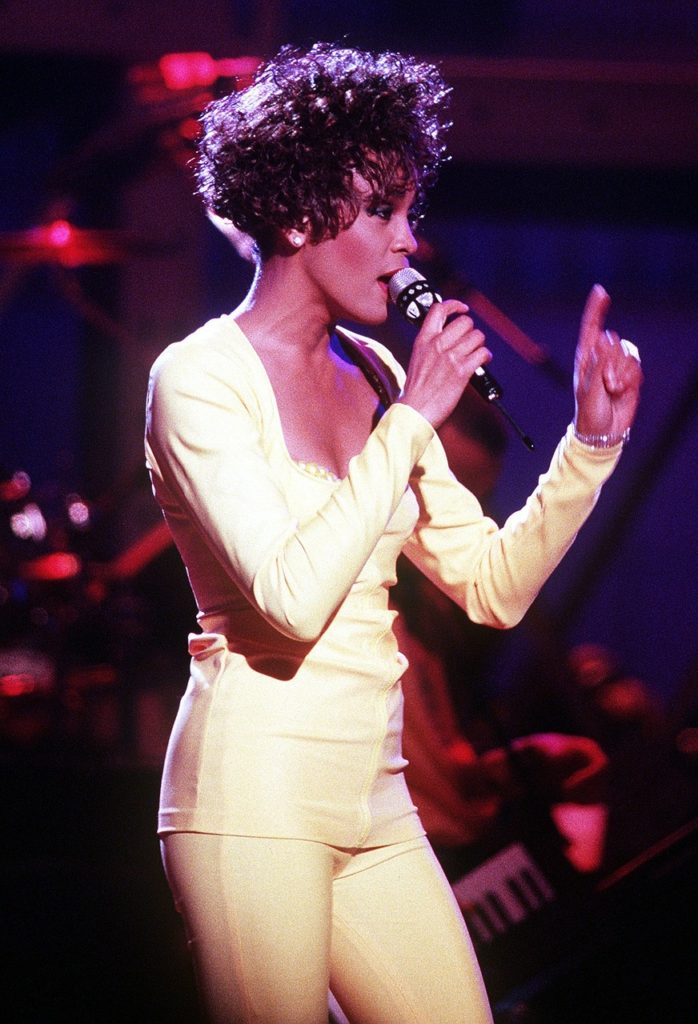Do you want to write a parody song? Dav Pilkey asserts, “You can’t just steal someone else’s idea… but you can make a parody” (Cat Kid Comic Club: Collaborations 68 – 69). Keep reading “How to Write a Parody Song without Being Sued” to find out what it is and how it works. Estimated reading time 3 minutes.
Read More

